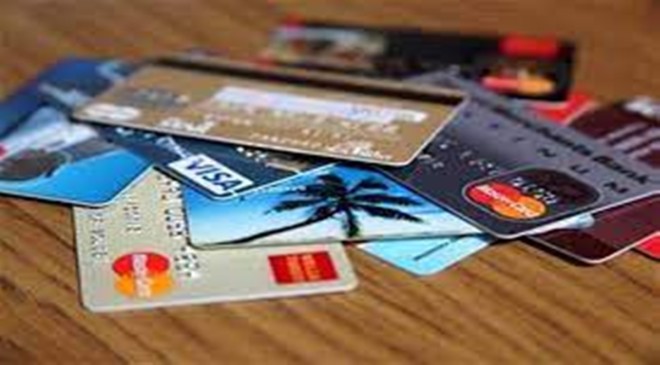Handing over your credit card to let the merchant swipe it for making payments is an easier and simpler way to pay. Similarly, making online transactions using a credit card is already a preferred choice with many online shoppers. Using a credit card for payments does not involve any immediate cash outflow and hence may give a false sense of budgeting unless properly put to use.
As the name suggests, it is just a credit based on your eligibility that you have to repay depending on the amount used within the interest-free period. If dues remain unpaid, there is a high interest burden waiting for you in the following month’s statement. The annual interest in credit cards can go to as high as 36-48 per cent per annum. If your credit card spending is in lakhs, it is all the more important to follow the right practices to avoid a debt trap.
Read More:-DA Hike: Good News For 47 Lakh Central Government Employees And 68 Lakh Pensioners. Check Details
However, there are ways and means that can help you use the credit cards judiciously by paying low interest or even no interest at all!
1. Pay in Full
Every time you get the credit card statement, make sure you pay the entire dues on time. From the statement date, you get a few days time to pay the outstanding amount. In total there is an interest free period of about 45-51 days depending on the purchase date. Remember, there is an option to pay only 5 per cent and roll over the dues to the next billing cycle. But, to save on interest cost, make full payment within the due date.
2. No new purchases
If you have not cleared previous month’s outstanding in full, forget about any interest free period on new purchases. The amount rolled over along with new purchase will incur interest rate without the benefit of interest-free period. Never roll over the dues if you want to avoid making interest payments.
Rolling over the outstanding balance to the next billing cycle will incur monthly interest at the rate of 3-4 per cent. If you keep rolling over and simultaneously make new purchases each month, the interest portion may balloon and soon you would fall into a debt trap.
3. Go for balance transfer
If you are not in a financial position to pay in full, you can opt for a facility called ‘balance transfer’ (BT). Under BT, you can transfer outstanding amount to another credit card at a lower rate of interest and thus save on interest costs. Instead of paying nearly 3.5 per cent per month, if you opt for BT, you end up paying a reduced interest rate in the range of 1 percent to 1.77 percent a month.
4. Conversion to EMI
There could be some high-ticket purchases on your card. If paying it off entirely is a concern, you can convert them into EMIs as they come at a lower interest rate than what would have paid. After conversion, the interest hit could be about 14-24 per cent lower than the one on the card. There can be two types of EMI conversion facilities. The first is the merchant EMIs that a merchant offers when you buy a particular product using your credit card. Alternatively, your credit card issuer may offer you an EMI option on certain high-ticket purchases you have made using your credit card.
5. Avoid cash withdrawals
If you have to withdraw cash from ATMs using your credit card, make sure to deposit the cash back as early as possible as these withdrawals do not come with an interest-free period. There could be a one-time fee plus interest charges that start from day one till you repay the amount.





































